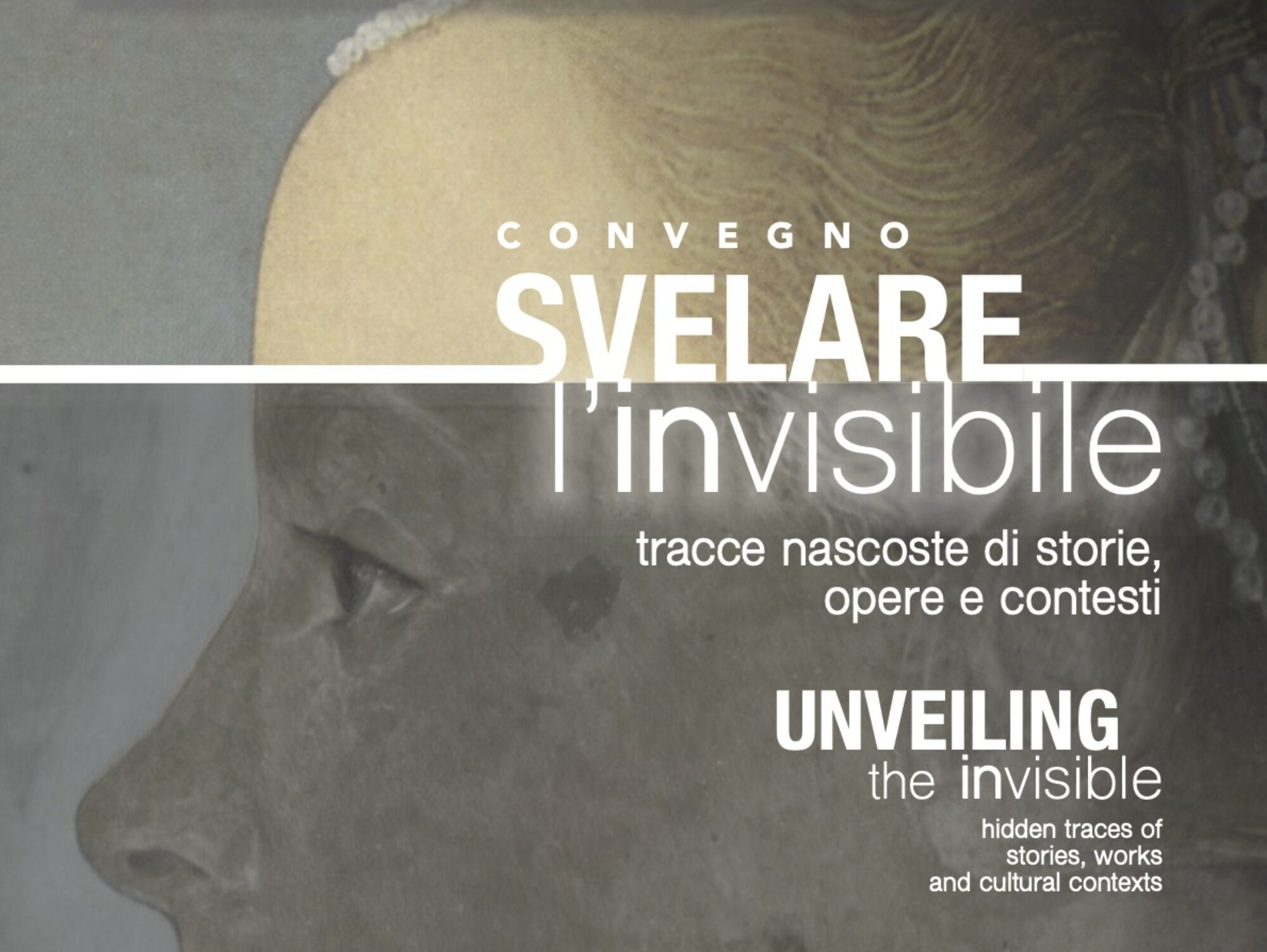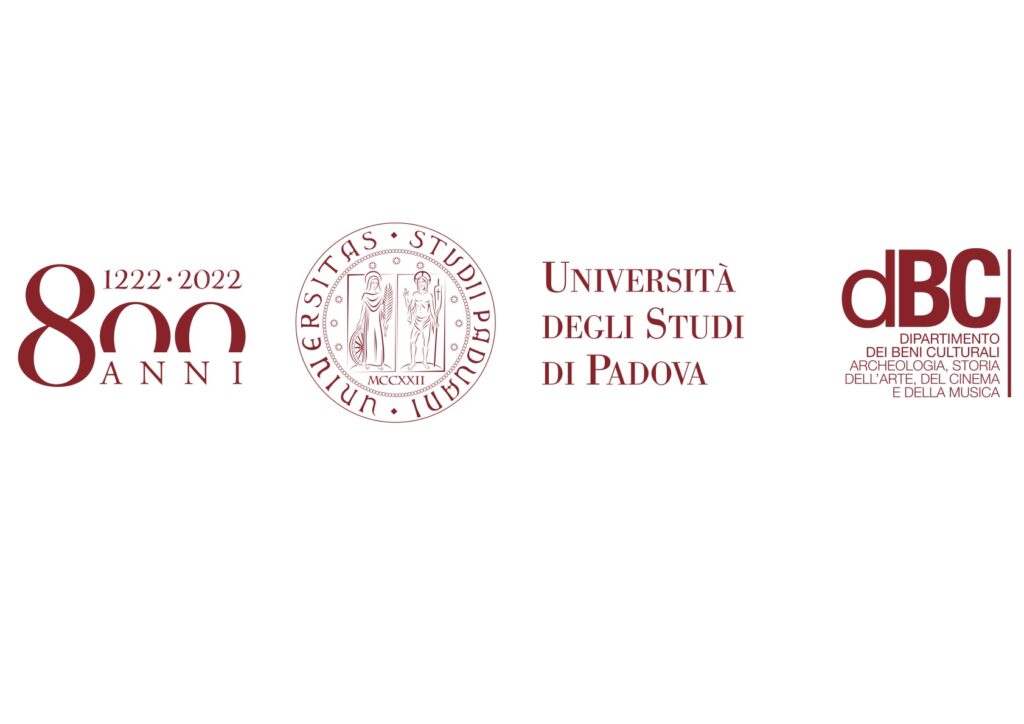Sewing up the fragments:
rediscovering and enhancing works and places
Greta Plaitano (Università degli Studi di Udine; Université Sorbonne Nouvelle – Paris 3)
Photographic archives for the fine arts: the case of the Brera Academy of Fine Arts. Traces and paths to enhance a forgotten heritage
Not counting the pioneering work of Nikolaus Pevsner, the history of the Academies of Fine Arts European Academies of Fine Arts has for a long time suffered from a lack of scholarly consideration, marking often a ruinous deterioration of the historical and artistic heritage preserved by these important educational institutions (Pevsner, 1940). As Antonio Pinelli recalls, the main cause of such disinterest was that hegemonic albeit limited position that has long denied art “an institutional rootedness in contemporary society” and which rather reserved for it the task “of act as a radical critique of the dominant mode of production”, extolled significantly by the Avant-garde movements at the beginning of the 20th century (Pinelli, 1981). In the Italian context, a re-evaluation of these institutions, their role and their incidence within artistic movements slowly came towards the end of the 1970s (Castelnuovo 1977), and has only recently been accompanied by a more complex and necessary mapping of the artistic heritages – archival, photographic, graphic, sculptural, pictorial – that they preserve and that are still awaiting adequate conservation and valorisation (Cassese 2013). As part of this research framework, our proposal, as cataloguer of the photo library of the Brera Academy of Fine Arts in Milan and an active member of the Italian Society for the study of photography SISF, would therefore like to bring to the attention of the conference the first results of the census of the photographic materials preserved at the Brera Academy. This is intended to highlight on the one hand the long-hidden didactic importance that the photographic medium played in the late 19th and early 20th century in the 20th century played by the photographic medium in national academic teaching and, on the other, to attest to the immense iconographic and documentary work of the main schools such as architecture, led by Camillo Boito, art history by Giulio Carotti, painting by Cesare Tallone and sculpture by Enrico Butti.
Andrea Chiocca (Università degli Studi di Padova)
Casa Arslan in Padua: an “unveiled” decoration
It often happens, during the art historian’s research, to discover forgotten and today “invisible” stories. This is what happened throughout the investigations conducted by myself for the Phd’s project focused on Francesco Zugno and the Tiepolo workshop. In particular, the photo libraries of the great art historian of the past represent a significant collection of these memories. Especially, from the Antonio Morassi archive, in the folder relating to Fabio and Giambattista Canal, have appeared inside some photographs of the Arslan House in Padua, up to the air raid of 30 December 1943, which involved the city of Antenore destroying part of the palace, frescoes with a vague attribution to the Tiepolo school. Starting from Morassi’s handwritten notes, a small publication entitled Casa di cura del prof. Y. Arslan probably published around the 20s of the twentieth century from which the photographs are taken and which show some additional reproductions, giving a complete view of the decorative apparatus present in the building at those dates. It is a realization of great interest and which certainly does not represent an isolated episode in the city of Padua. In fact, during the seventeenth and eighteenth centuries some of the most important artists of the Venetian school and beyond were called upon to fresco the Paduan residences. In this paper, thanks to the research in archives and to the work of connoisseurship, a new attribution will be proposed for the decorative apparatus of the building, almost completely forgotten story, which will lead to add a piece to the knowledge of the great heritage linked to the frescoes in the Paduan palaces in the eighteenth century, today forgotten by the destructions amd transformations, that have taken place over time.
Francesca Galasso (Università degli Studi di Pavia)
In-Visible: the virtual fruition of lost places. Models, Settings and Digital Simulacra for the Memory Storytelling aimed at a shared experience of Heritage
Over the last two decades, visual simulation has shown some impressive advances both for its ability to dynamically depict systems, processes and models and for the remarkable verisimilitude it has achieved through digital representation systems [Galeazzi, 2018]. The use of three-dimensional models as visual symbols and media for conveying graphical information characterises most interventions related to the valorisation of cultural heritage [Pietroni, Ferdani, 2021]. This confirms how virtual systems keep taking on new meanings and functions, thus, amplifying the value of the information potential comprised in the resulting applications. In the field of archaeology, the scientific debate focuses on the lack of an accurate methodological protocol regarding the implementation of digital visual simulation. The reasons are to be sought among the several heterogeneous aspects of archaeological documentation: the complexity of ancient contexts, their representation, and the very essence of the material collected during the excavation campaigns. These critical issues are increased for those archaeological contexts that are no longer accessible, whose documentation took place in recent times but was carried out using analogue tools and under emergency conditions without previous investigation. The greatest challenge in narrating an archaeological site that is now no longer visible by means of digital tools is the translation into an appropriate graphic language the sources and the infographic and archival data not always spatially relocatable within the reconstruction of the excavation. The information synthesis activity aims to define new communication strategies for the virtual narration of inaccessible places by developing virtual applications in which drawings and textual content become interactive. The rediscovery of now invisible historical places through virtual knowledge itineraries will ultimately contribute to creating a new network of local communities, raising awareness about the importance of local history and shared values. In order to accomplish this reconnection process with the past, it is essential to decipher the signs that history left on the territory; therefore, the development of virtual applications is becoming necessary to build new links with the urban fabric and new “meaning maps” [Decandia, 2019, p.129] that would make it possible to imbue the urban space with new meanings.
Benedetta Colasanti (Università degli Studi di Firenze)
Beyond the illusion: the machines of the Farnese theatre in Parma (1628). Sources for a virtual reconstruction
«One of the waves is made, and placed in place, it makes a wonderful effect». So writes Giovan Battista Aleotti in a letter addressed to Duke Ranuccio I Farnese. «Waves» means the maritime scene that opens and closes the tournament Mercury and Mars (1628), written by Claudio Achillini, set to music by Claudio Monteverdi (the music is lost), with scenography and machines by Aleotti and Francesco Guitti. The show was staged to inaugurate the Farnese theater in Parma and on the occasion of the wedding of Odoardo Farnese and Margherita de’ Medici. Mercury and Mars is exemplary for the history of Baroque theater but also for the interaction between different entertainments (music, stagecraft, tournament) and professions (client, painter, architect, engineer, scenographer, stage technician, musician, poet etc.). Behind the illusionistic effects of the stagecraft – or behind the deus ex machina – are hidden the naked machines designed by stage engineers and skilfully maneuvered by expert machinists. If in the Twentieth Century wood or plastic was used above all to reconstruct the objects of study that no longer exist (theaters or scenes), today the new digital technologies provide useful tools for historical restitution. The aim of this work is to illustrate the process of virtual reconstruction of the maritime scene through several phases: a) crossing of sources: treatises (Nicola Sabbatini, Il corago), sketchbooks (Joseph Furttenbach, Pietro Paolo Floriani), correspondences, maps and drawings kept mainly in the State Archives and in the Palatine Library of Parma and in the Ariostea Library of Ferrara; b) relief of the maps and list of measures; c) realization of the floor plan and the front of the stage in 3D; d) reconstruction and animation of the machine. The critical analysis of the results will take into account the lighting and the privileged point of view, according to Guidobaldo del Monte’s rules.

